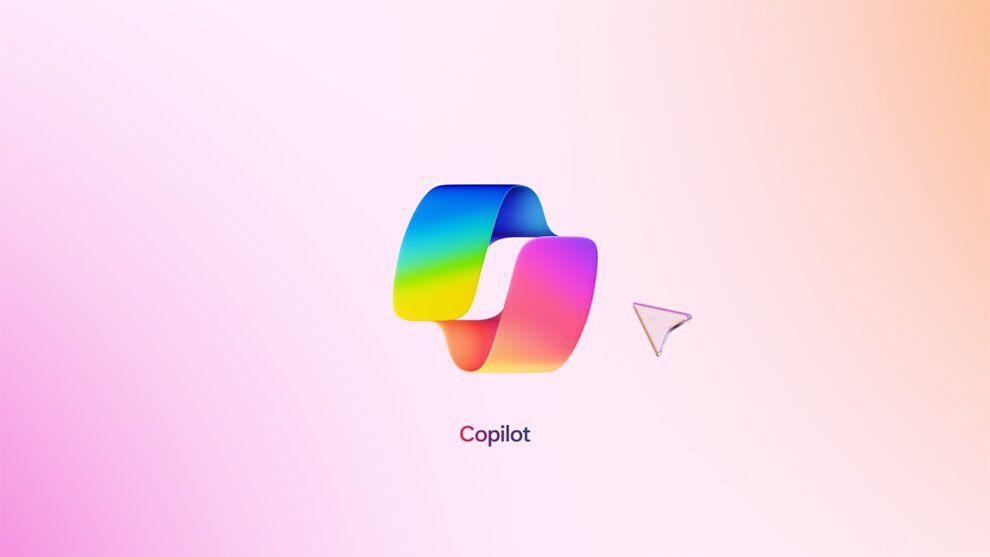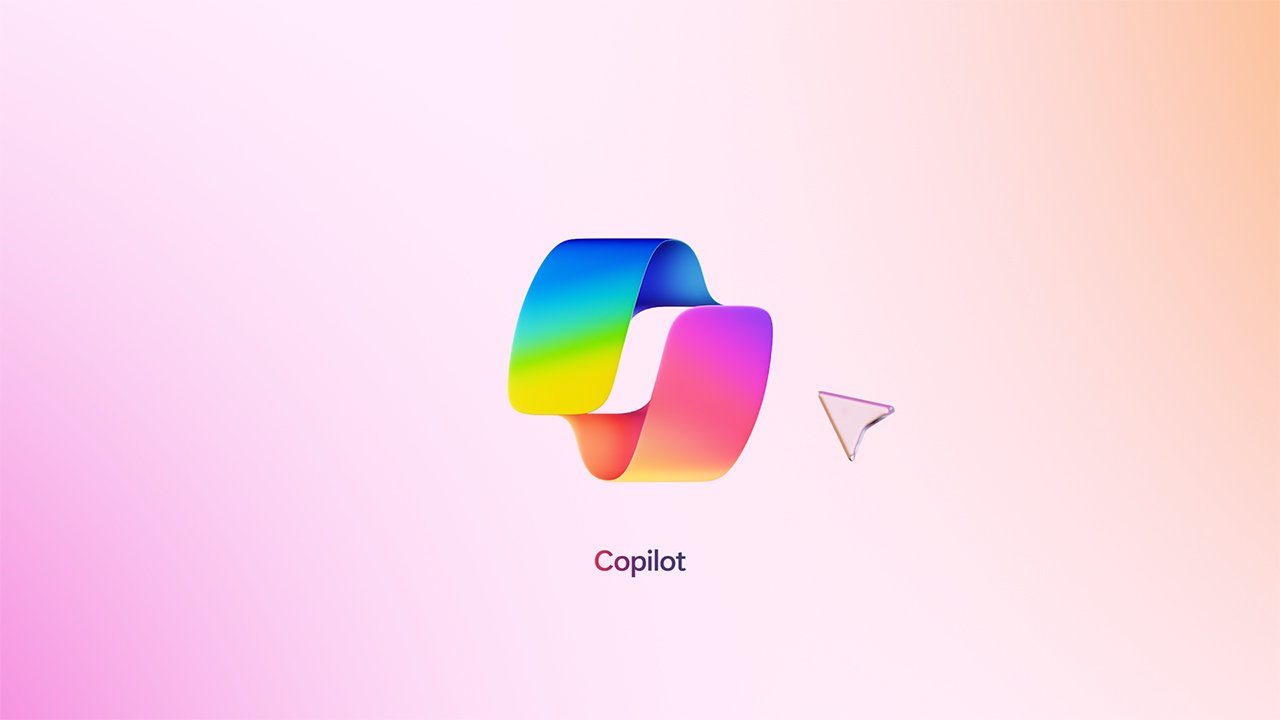In a groundbreaking move that marks its first anniversary, Microsoft has upgraded its Copilot service by incorporating the latest artificial intelligence model from OpenAI, GPT-4 Turbo, at no extra cost to its users. This enhancement not only signifies a leap in the AI-powered capabilities of Copilot but also sets a new precedent for accessibility and efficiency in AI-assisted productivity tools.
Key Highlights:
- Free GPT-4 Turbo Access: Users of Microsoft Copilot can now enjoy the advanced features of GPT-4 Turbo without any additional charges.
- Enhanced AI Performance: GPT-4 Turbo offers a more extensive context handling capability, up to 128,000 tokens, ensuring more nuanced and accurate responses.
- Mixed Performance Reports: While GPT-4 Turbo is faster and more cost-effective than its predecessor, it has shown mixed results in performance benchmarks.
- Comprehensive AI Integration: The update includes improvements to Bing Image Creator and the OpenAI Code Interpreter for better image creation and code generation.
- Broad Platform Support: Copilot is accessible via the web on Bing and copilot.microsoft.com, and it integrates seamlessly with Microsoft Edge and Windows.
The Evolution of Microsoft Copilot
Microsoft’s journey with Copilot began with the introduction of Bing Chat, which quickly gained popularity for transforming internet searches, shopping, coding, and content creation. Incorporating feedback and advancements, Microsoft expanded these capabilities across Microsoft 365, Microsoft Edge, and Windows, culminating in the unified brand and experience of Microsoft Copilot. This transition reflects years of AI research and partnerships, aiming to empower every individual and organization with advanced AI tools.
GPT-4 Turbo: A Closer Look
GPT-4 Turbo, the latest iteration from OpenAI, is designed to handle a broader context and provide more qualified answers rapidly and cost-effectively. Despite some initial benchmarks indicating variable performance compared to GPT-4, its speed and efficiency benefits are undeniable for services like Copilot. The integration of GPT-4 Turbo into Copilot heralds a new era of enhanced productivity and creativity tools, capable of performing complex tasks, generating high-quality images, and developing working code and data analyses.
Future Directions and Potential Impacts
Microsoft’s continuous investment in AI and its integration into products like Copilot sets the stage for further innovations in how we interact with digital tools and services. The evolution of AI technologies like GPT-4 Turbo and their application in practical tools have the potential to transform various industries, from education and healthcare to software development and creative arts. As AI becomes more ingrained in our daily digital experiences, the boundaries of what is possible continue to expand, opening up new opportunities for efficiency, creativity, and innovation.
What This Means for Users
This upgrade significantly enhances the value proposition of Microsoft Copilot, making sophisticated AI capabilities more accessible to a broader audience. Users can now leverage the enhanced processing power of GPT-4 Turbo to execute more complex and lengthy tasks with higher accuracy and less wait time. Furthermore, the introduction of new features, such as an updated DALL-E 3 model and enhanced Bing search capabilities, enriches the user experience by offering more precise image creations and search results.
Microsoft’s decision to offer GPT-4 Turbo for free within Copilot reflects its commitment to democratizing AI technology. By enhancing Copilot’s capabilities with advanced AI models like GPT-4 Turbo, Microsoft not only boosts productivity and creativity among its users but also solidifies its position in the competitive landscape of AI-assisted tools. As AI continues to evolve, the integration of such advanced technologies into everyday applications promises a future where AI’s full potential can be harnessed more effectively and inclusively.



















